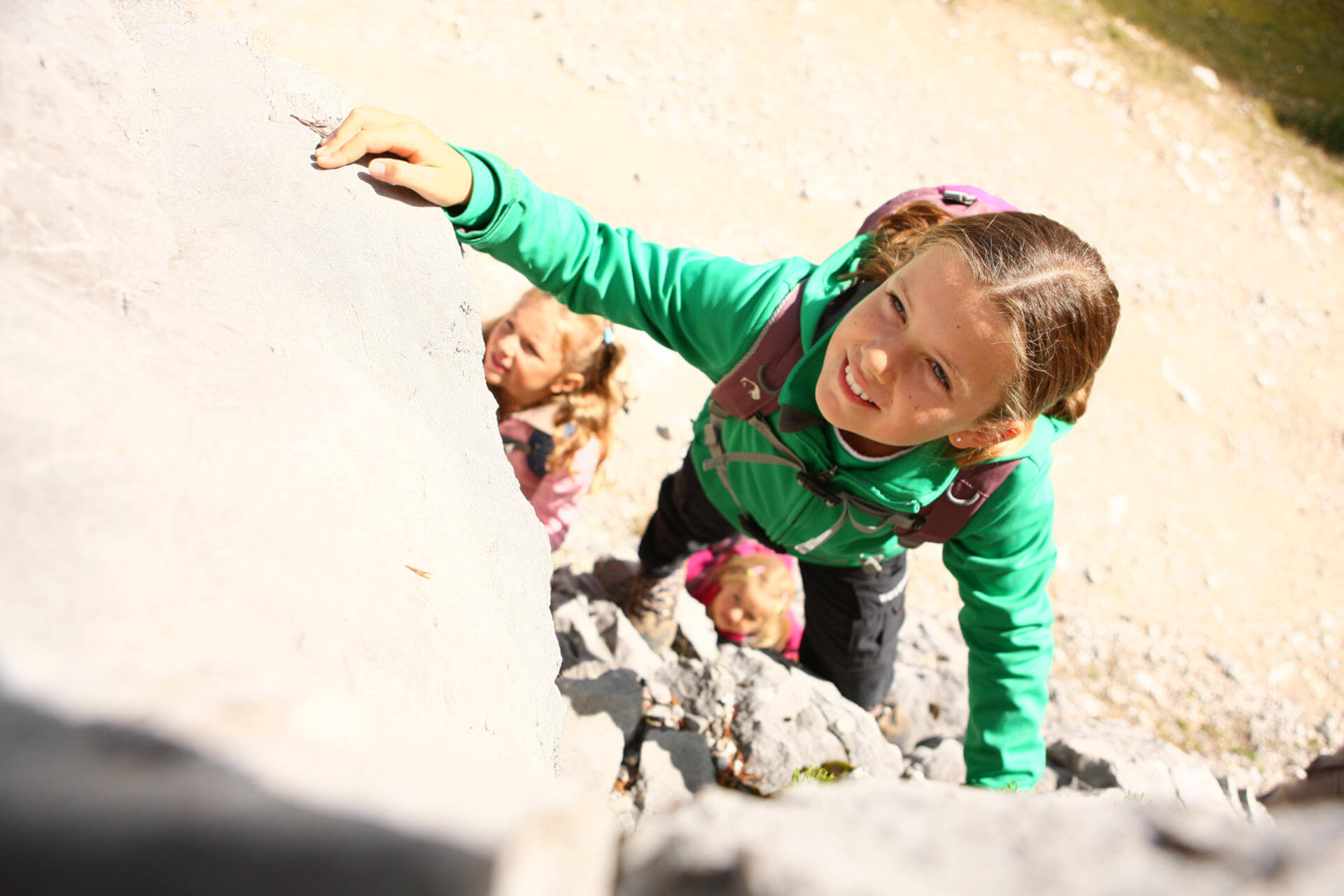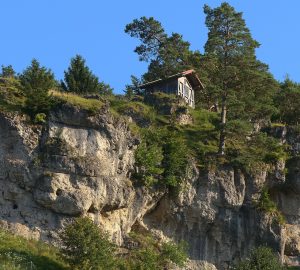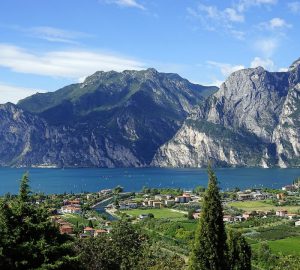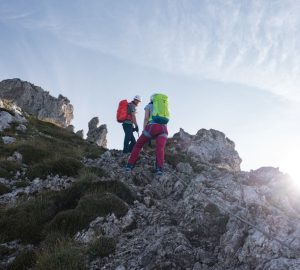More than 1,100 free-standing sandstone rock outcrops, around 17,000 climbing trails of various skill levels from I to XII – the Saxon Switzerland region is a dream destination for ambitious sport climbers who want to face a challenge. We have put together the most important information for you about this climbing Eldorado to the south of Dresden and we tell you “the place to be and climb”.
Saxon Switzerland is the oldest climbing region in Germany outside the Alps and looks back on a long tradition: About 150 years ago mountaineering activities began in this district of Saxony and in fact the origins of sport climbing can be found in the distinctive sandstone rocks. The difficulty levels of the numerous routes are all graded according to the Saxony scale which has no upper limits. The special features of climbing in Saxony are set forth in the Saxony Climbing Rules.
The most important Saxony Climbing Rules
- “Since 1910, climbing in the sandstone climbing regions of Saxony is based on the principle of free climbing without the use of climbing aids.”
- “Ropes, rope slings, carabiners, anchors, bolts and abseil rings may be used for safety reasons but not as aids to ascent.”” (Note: On difficult routes fixed anchors are rare and therefore securing is by means of band or knot slings – good knowledge of this safety technique is essential.)
- “The use of nuts and camming devices of any kind is prohibited. The use of chemical and mineral substances in order to increase friction on the rock face (e.g. magnesium) is forbidden.”
- “Any intentional or grossly negligent change to the firm rock surface to enable or aid climbing or make it more difficult is forbidden. This applies also to changes which are undertaken in order to be able to attach securing aids or for better attachment.”
- “Climbing on wet or damp rocks should not be undertaken on any of the climbing routes where because of the nature of the rock there is a danger of damage to the rock surface and could lead to breaking off of the grips or steps.” (Note: After rainfall many of the rocks should not be climbed for two to three days.)
- “In the National Park Saxon Switzerland, climbing is then only permitted on rock faces or climbing routes as specified by the National Park administration authority. In landscape protection areas (LSG) and nature conservation areas (NSG) climbing is only permitted on rock formations specified by the responsible nature conservation authorities.”
Sport climbing in the “Bielatal”
An insider tip for variety is Bielatal on the border to the Czech Republic: Here are many beautiful and not too long climbing routes in the difficulty grades I to VIII for beginners and more advanced climbers – the routes run mostly in firm sandstone which dries very quickly. The climbing rock formations are reached very quickly and are also suitable for families with children.
Hiking and Sightseeing
Since it is often not possible to climb after rainfall, you should in all cases first check the weather before starting off and if necessary you can plan an alternative program. As well as hiking, you could go on a sightseeing tour in the city of Dresden. If when you arrive at your destination you realize that you have forgotten key pieces then you can obtain gear from Bergsport Arnold – either in the mountain sports shop in Hohnstein (Obere Strasse 2) or at Insider in Bad Schandau (Marktstrasse 4).







